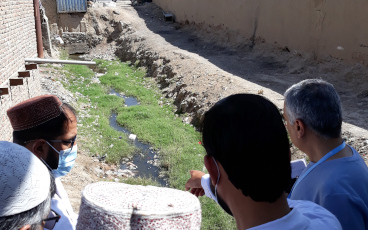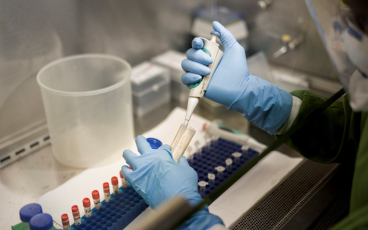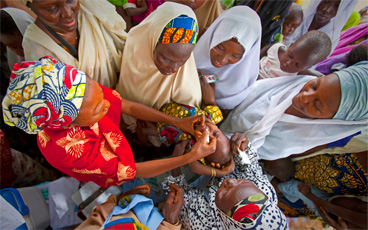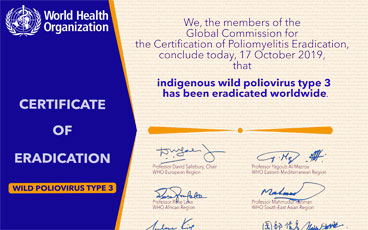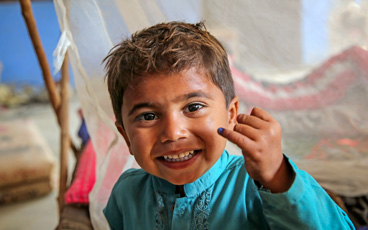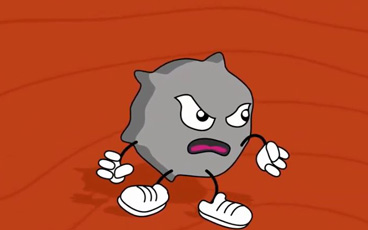Making strides with poliovirus containment
Countries have destroyed or plan to securely retain poliovirus type 2
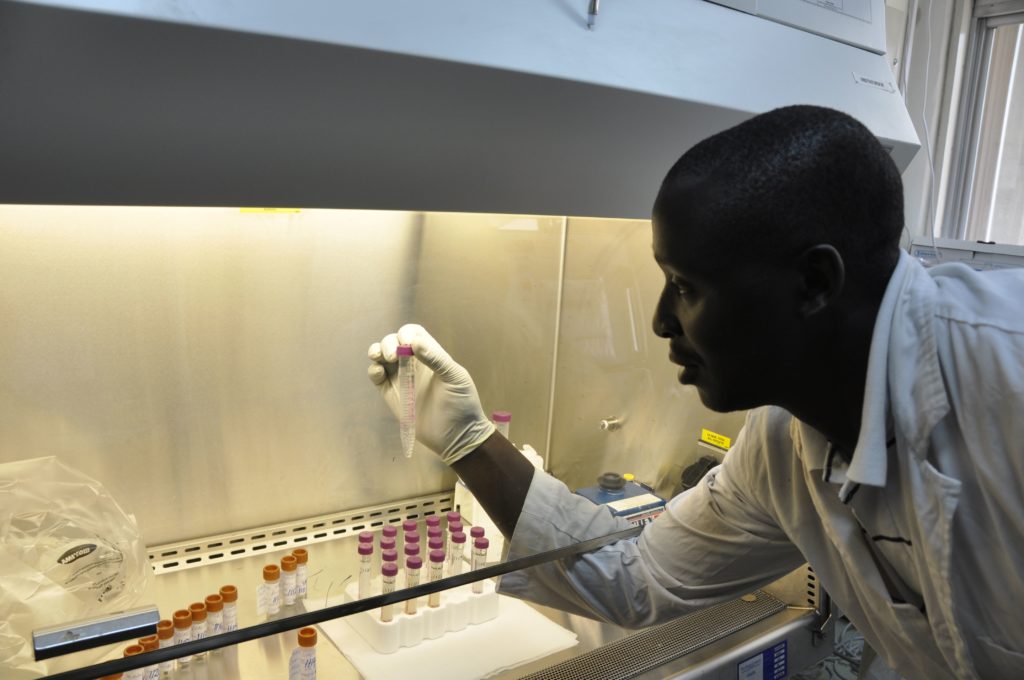
As of this month, 176 countries and territories around the world have reported that they no longer have any wild or vaccine-derived poliovirus type 2.[1] Twenty-nine countries have reported that some facilities will likely retain the type 2 virus. These facilities and their host countries will need to work together closely to meet the containment requirements in GAPIII – the Global Action Plan for poliovirus containment.
In September 2015, the Global Commission for the Certification of Poliomyelitis Eradication (GCC) declared that wild poliovirus type 2 has been eradicated. While this virus is no longer found among people or in the environment, some laboratories or facilities around the world still use and store the virus for a variety of reasons, such as producing polio vaccines or conducting research.
If poliovirus is accidentally or intentionally released into the community from one of these facilities, polio could come back and cause paralysis and death. This can especially happen in areas where polio vaccination coverage is low. However, even in countries with high polio vaccination coverage, some people may not be vaccinated or protected against polio, putting them at risk of getting the disease if they are exposed.
To reduce the risk of any poliovirus type 2 being released into the community, countries are either destroying unneeded virus in some facilities, or designating certain facilities as poliovirus essential facilities that will safely and securely retain the virus.
Support for Containment
Of the 29 countries hosting these facilities, 18 have nominated national authorities to make sure poliovirus containment certification activities are appropriately conducted in their country, and to certify facilities on the biorisk management requirements in GAPIII.
WHO is providing key support for containment activities, including:
- providing the Containment Certification Scheme to help countries with the certification process
- conducting workshops for countries on GAPIII, the auditing process, and certification
- creating a list of auditors who can help countries audit facilities to assess if they meet the biorisk management requirements in GAPIII
The Global Polio Eradication Initiative has formed three groups to help strengthen poliovirus containment efforts in countries:
- The Containment Working Group will support the GCC in its role of providing oversight for poliovirus containment activities worldwide. This group will review applications for certification received from the countries and make recommendations to the GCC.
- The Containment Advisory Group will make recommendations to the Director-General of WHO on technical issues related to GAPIII.
- The Containment Management Group will provide GPEI oversight, partner coordination, and management support for containment.
Containment of eradicated polioviruses is a key objective of the Polio Eradication and Endgame Strategic Plan, and is critical to ensuring that the world is kept free of polio after eradication.
More information
[1] Data reported by WHO Regional Offices as of 1 March 2017 and subject to change


